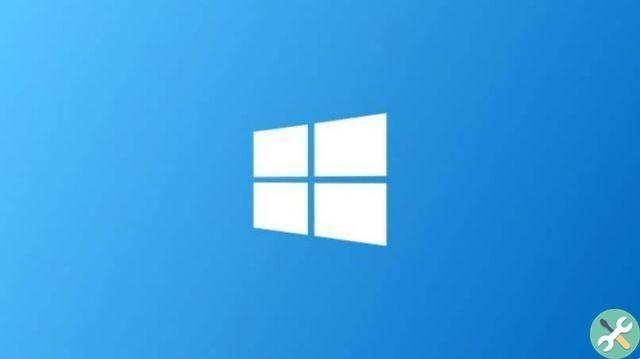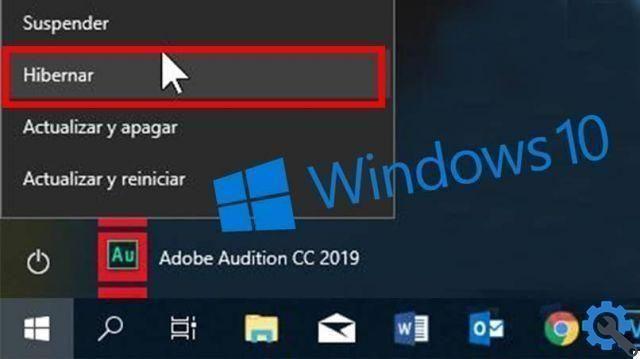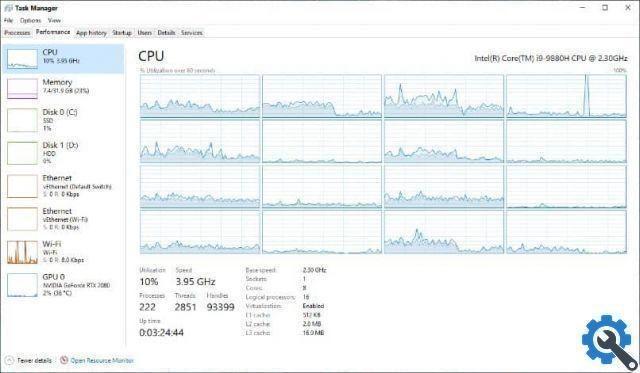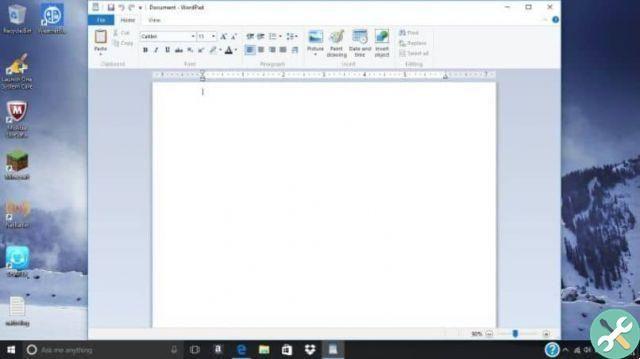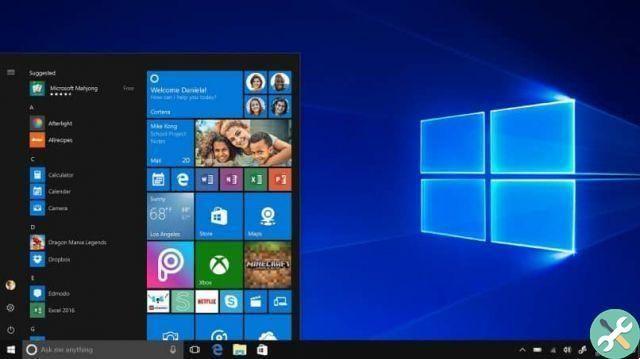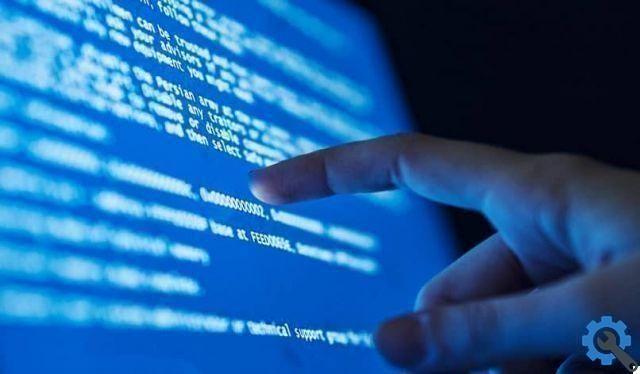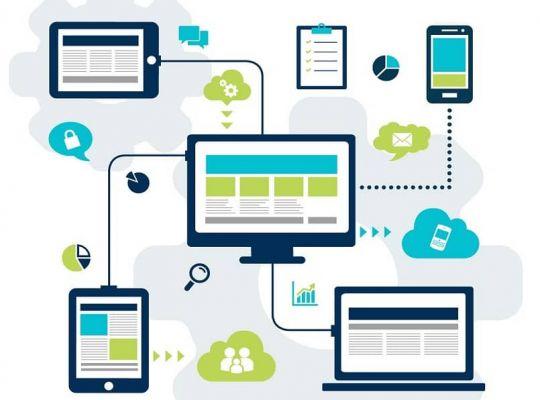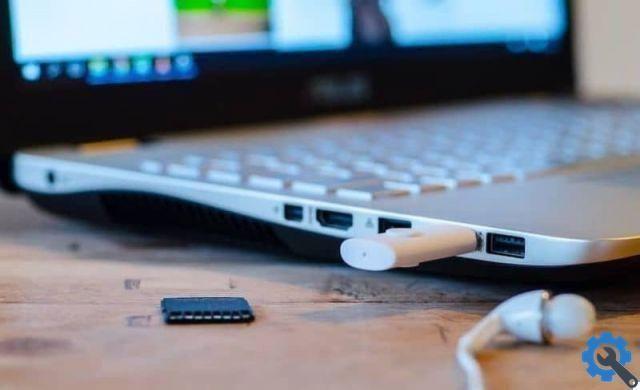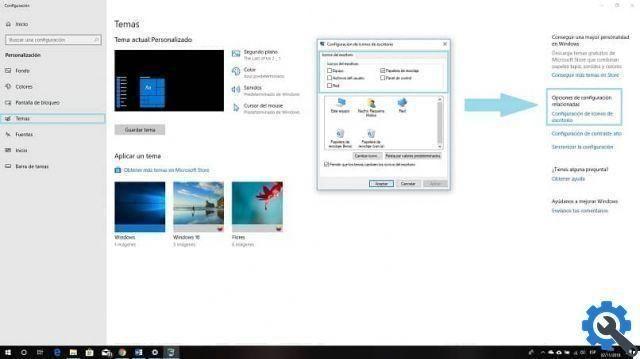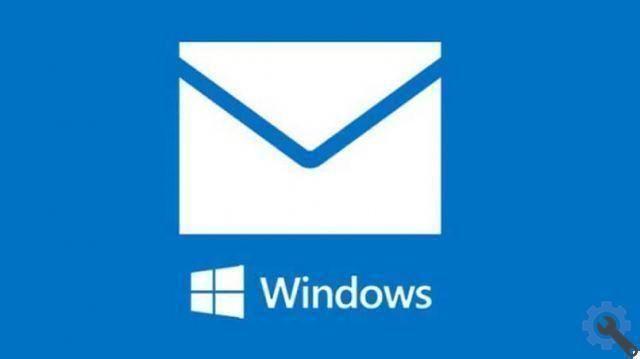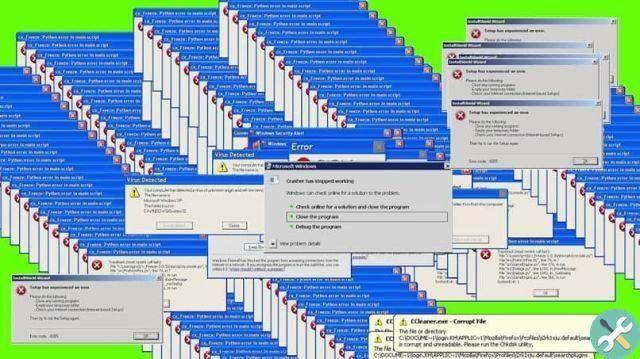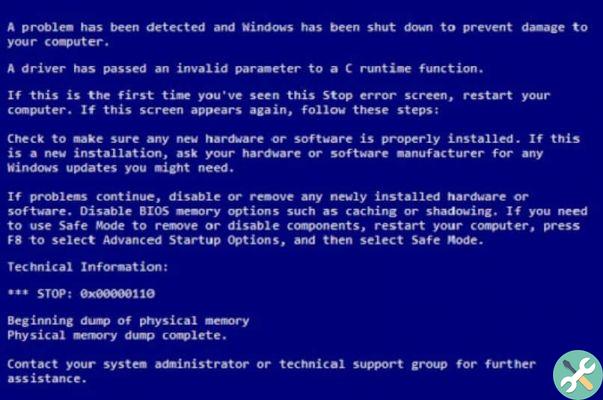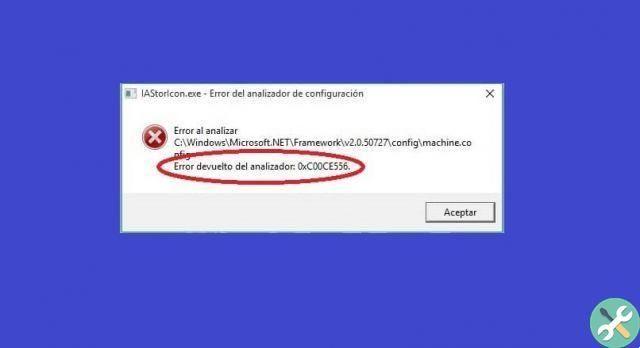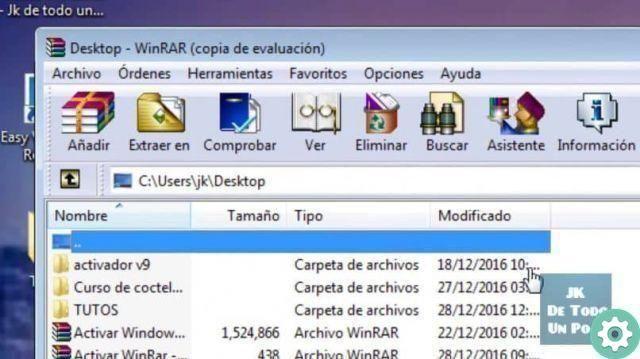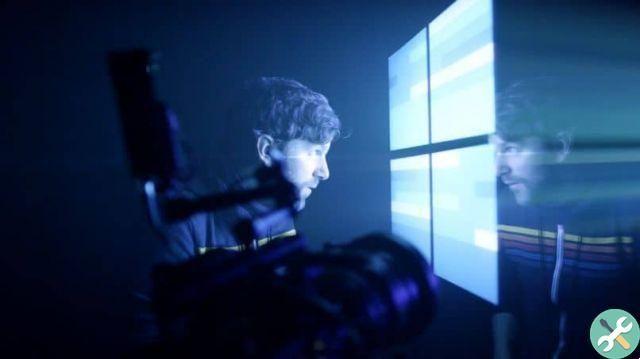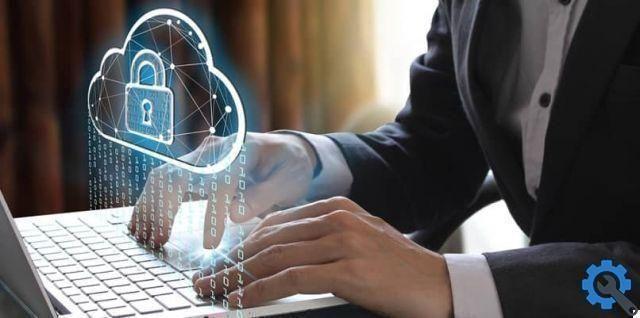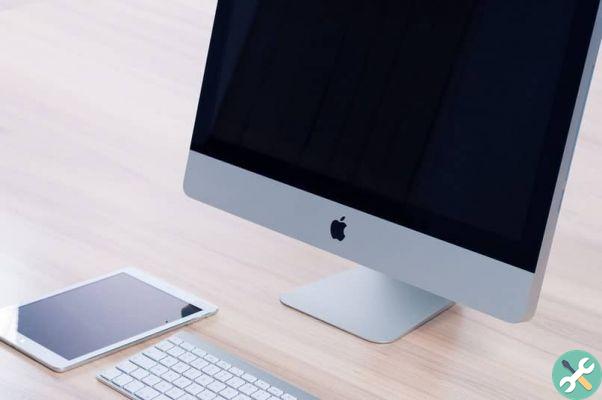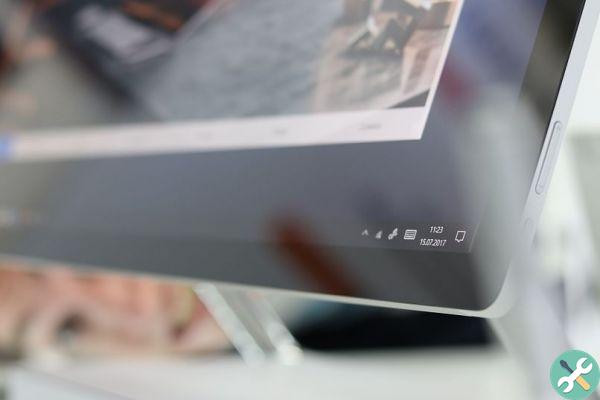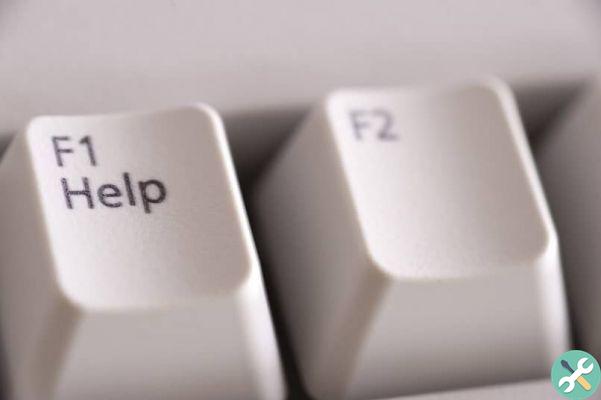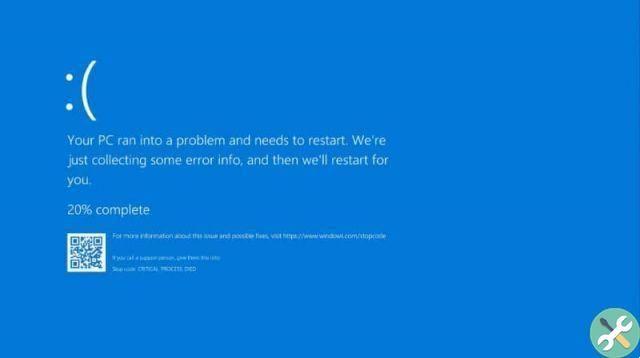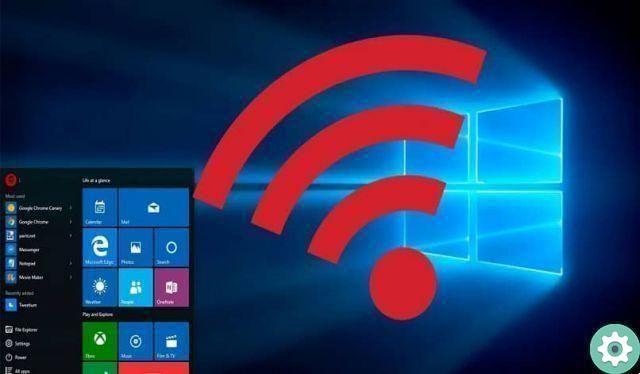You can also start a operating system different. We will first explain how to save the system files needed to boot smoothly and then how to configure the BIOS to run it.
Step one: create a bootable USB
There is an application that facilitates this task, it is called Rufus. Download the latest version. It is a great tool for Windows, it allows you to create bootable memory and create boot mechanisms from external drives such as a pendrive, and it's free. It is downloaded as a compressed file with the extension.rar and decompressed with WinRar. When you run it, it's probably in English, so follow these steps:
- In the Device field, select the drive where the USB is located for booting.
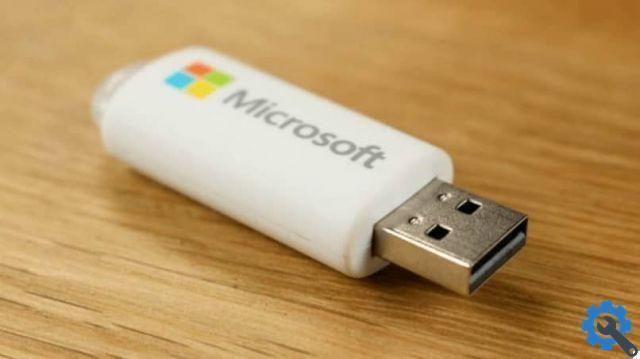
- In File System, the default system FAT32 is usually set. There are times when the ISO you select isn't compatible with FAT32, if this is your case, don't worry, the program will change it automatically. Example: if the system to select is Windows 8.1, the switch to NTFS is immediate.
- In New Volume label we put the name for the USB. Otherwise, the system will do it for you.
- In a box with a drive icon and a CD, we click. A window will open to choose the file ISO to be inserted into the USB.
- Now we press Start. Let's wait a few minutes, when the message Ready appears on the bar, you can press Close and that's it. Already in this step we can start Windows with the USB pen drive.
Second step: start or start Windows with the pendrive
- When restarting the computer, we must be aware at the bottom of the screen and look for the phrase: “Press (the key that indicates) to enter Setup”. Press the key to enter the BIOS.
- Once inside, we look for the tab or option it says BOOT.
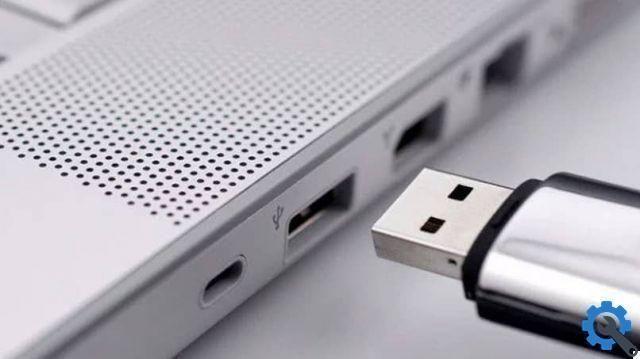
- Let's put the USB drive first. Very useful will be the box at the bottom of the BIOS, which indicates the directional keys to use to position the unit.
- We award the key F10 to save changes and exit. And it will restart your computer. Remember to keep the pendrive connected to the PC when restarting. It's ready.
reminder
If you intend to frequently boot the operating system from the pendrive, it is recommended to configure the order of the BIOS: First USB, CD, hard drive. Then the computer will start with the first option. By changing the BIOS parameters we run the risk of unexpected problems or PC failures. If you are not familiar with modifying the BIOS, we suggest you take specific notes about what you have done, in case you need to undo the changes.
You must have downloaded the ISO image of your operating system that you will start with. Microsoft has a website that enables the Windows 7 disk image download option, and if we're referring to Windows 10, it has its own tool.
Is called Multimedia creation tool. When you download it, run it and then it will start working. We can also count on another very useful tool, called YUMI. Its interface is very simple and can be used in both Linux and Windows.
We've provided you with multiple tools so you can use the one that works best for you and it's no problem booting or logging into Windows with the USB stick. Mastering these techniques will save you a lot of headaches, as errors are often common when starting the operating system. We hope you can make the most of this knowledge. If you wish, you can share your experience with us.




